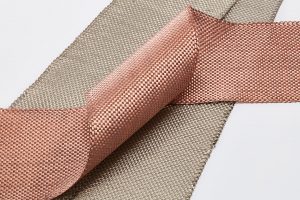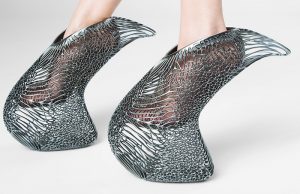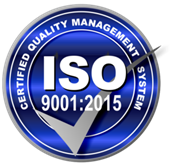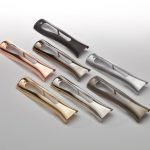Expand Your Development Team Series, Part 1 – Consider How We Can Help With Your Product Design
In today’s economy, excellence is the price of entry and cost containment is sometimes the difference between product success or failure.
All too often, it’s common for a plastic part to be fully designed before the plater is consulted… only to find the going-in assumptions need revisiting. Likewise, many good ideas get discarded based on preconceived notions of which plastics can be successfully plated. SAT Plating encourages your design engineers to reach out to us early in the development process as significant time and money can be saved, along with achieving a superior outcome.
From Initial Concept – to Product Development – to Production… there are many ways we can help you leverage your R&D efforts:
Polymer Selection – Plating Options
SAT Plating has the ability to plate a broad variety of polymers – in production quantities – with low fallout and high adhesion. This now gives engineers more choices to fulfill their performance or cost targets.
For example, with SAT:
- You are not limited to “plating grades” of plastics
- Polymers with glass or carbon fiber fillers can be considered
- ASA, POM, PA, PI, PEEK, Ultem® and PVC / CPVC now join ABS as plateable plastics – thanks to SAT’s Surface Activation® process
Read more about plastic types
There are some materials we recommend to minimize or avoid, such as: fluoropolymers, UV inhibitors, mold release additives and mineral fillers (depending on their quantity) – which can adversely affect the platability of the part.
Part Geometry & Metal Plating
Electroplating is constrained by the laws of electricity, and the design of a part can have a significant impact on how well the metal plating adheres.
Conditions to minimize and, if possible, avoid:

- Sharp Edges and Points – these areas typically require more advanced tooling to ensure plating thickness through the component. While we can plate sharp edges with good adhesion, we recommend as much of a rounded radius as feasible. We also recommend limiting parting lines with high profiles
- Deep Holes or Recesses – The Faraday cage effect makes it difficult to attain even plating thicknesses deep into these features. Further, it is more difficult to rinse deep, small diameter holes and narrow passageways during the plating cycle. This can result in challenges with product quality
- Rough Areas – injection molding gate locations on molded parts are typically rougher than the adjoining areas. If the plating is meant for aesthetic purposes, the injection mold should be designed to place the gates in non-visible orientations.
SAT Solutions – Electroless Plating
We can help mitigate part geometry challenges when edges and holes are unavoidable in your design by using electroless plating chemistry. This is a way of assuring uniform plating thickness throughout the part. SAT can assist in determining the most effective and efficient plating strategy for your product.
Molding Conditions & Plating Plastics
The following conditions cause problems and should be avoided:
- External mold releases – almost universally, the application of spray release agents during the molding operation complicates, or even ruins a part’s platability – especially when silicones are used
- Contamination – lack of part cleanliness can cause skip platin
- Splay, flash, blisters, scratches, dents and warping – a part with these defects can plate unevenly or with localized poor adhesion
Expand Your Development Team Series, Part 2 – Consider How We Can Help With Your Product Design
For more information on how SAT can collaborate with your R&D Teams, please call us at 248.273.0037 or click here to visit our website!
© SAT Plating 2019






